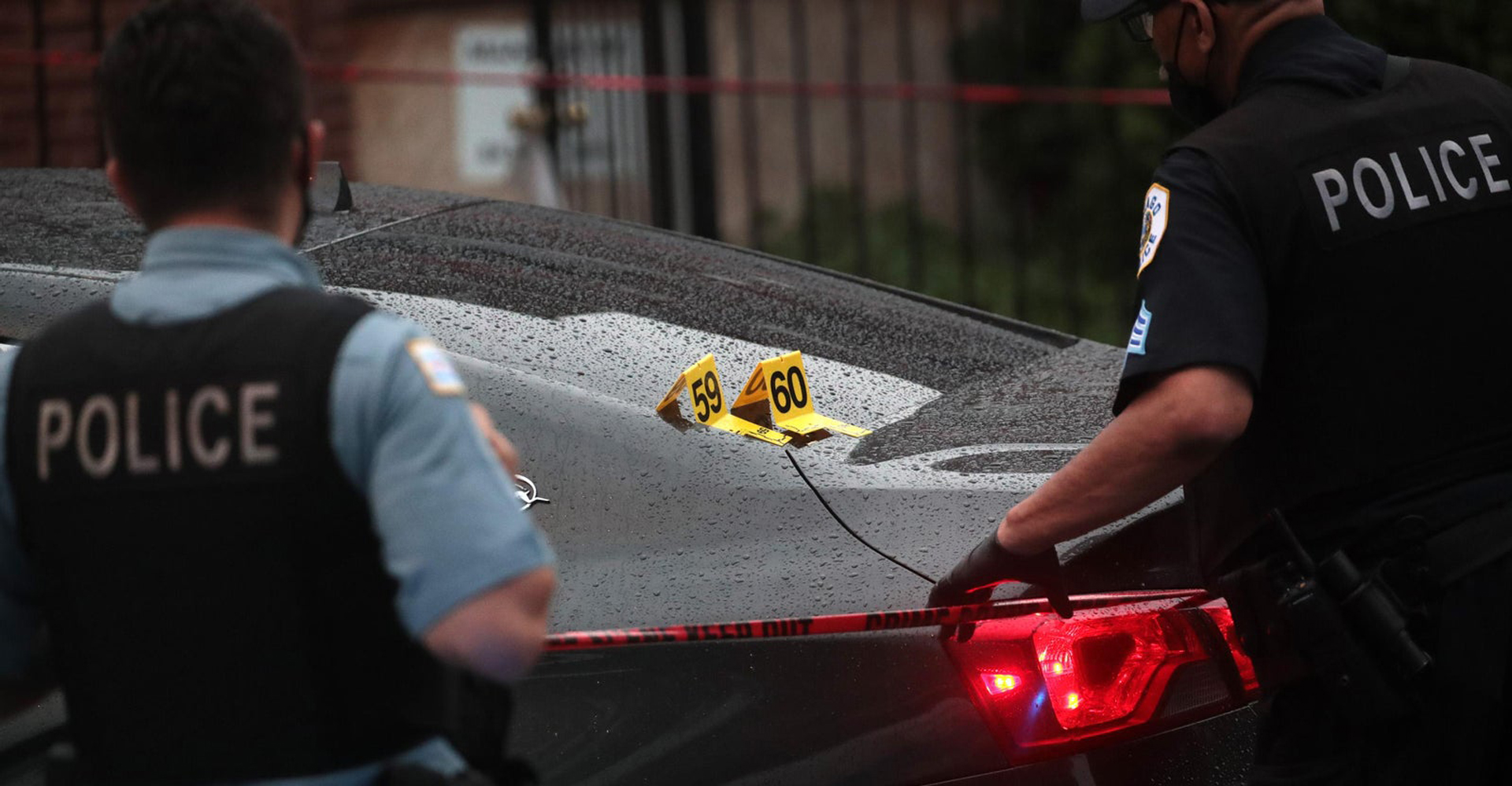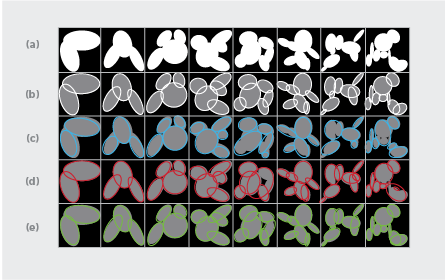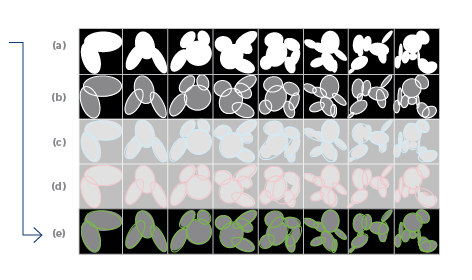On the heels of the recently reported Massachusetts drug lab scandal, Brandon L. Garrett and Peter Stout published an article on Slate.com calling for a critical look at redirecting funding to crime labs.
In their article, The Worsening Massachusetts Crime Lab Scandal is Just the Beginning, Garrett and Stout write:
Amid a national conversation over where to best allocate law enforcement dollars, we call for a critical look at redirecting funding to other agencies in the criminal justice system that are often forgotten and overlooked—namely, crime labs. Critically, those labs must have sound quality control and adequate resources and must be independent of law enforcement.
They highlight two cases where people were convicted and sentenced to prison based on either evidence from a crime scene contaminated by poorly trained police or flawed testimony by a police examiner. Garrett and Stout noted that these are not isolated cases:
The database Convicting the Innocent, which tracks the role forensics played in cases of people exonerated by DNA, shows that more than half of those 300-plus exonerees, who spent an average of 14 years in prison, were convicted based on flawed forensics.
They concluded their article by stating:
If the criminal justice system is to work properly, it needs access to science that is best supported in well-funded, independent, and scientist-led and -driven crime laboratories. Sound science and justice both demand accurate evidence, which means getting forensics right. And getting forensics right demands reform accountability for our labs, independence, and adequate funding.
Garrett is co-director of the Center for Statistics and Applications in Forensic Evidence (CSAFE) and the L. Neil Williams professor of law at Duke University, where he directs the Wilson Center for Science and Justice. Stout is the CEO and president of the Houston Forensic Science Center. He is also a member of the CSAFE Strategic Advisory Board.
Read Garrett and Stout’s article at Slate.com: The Worsening Massachusetts Crime Lab Scandal is Just the Beginning.
Discover how CSAFE is building strong scientific foundations that enhance forensic science and technology practices. Check out CSAFE’s research areas at https://forensicstats.org/our-research/.










